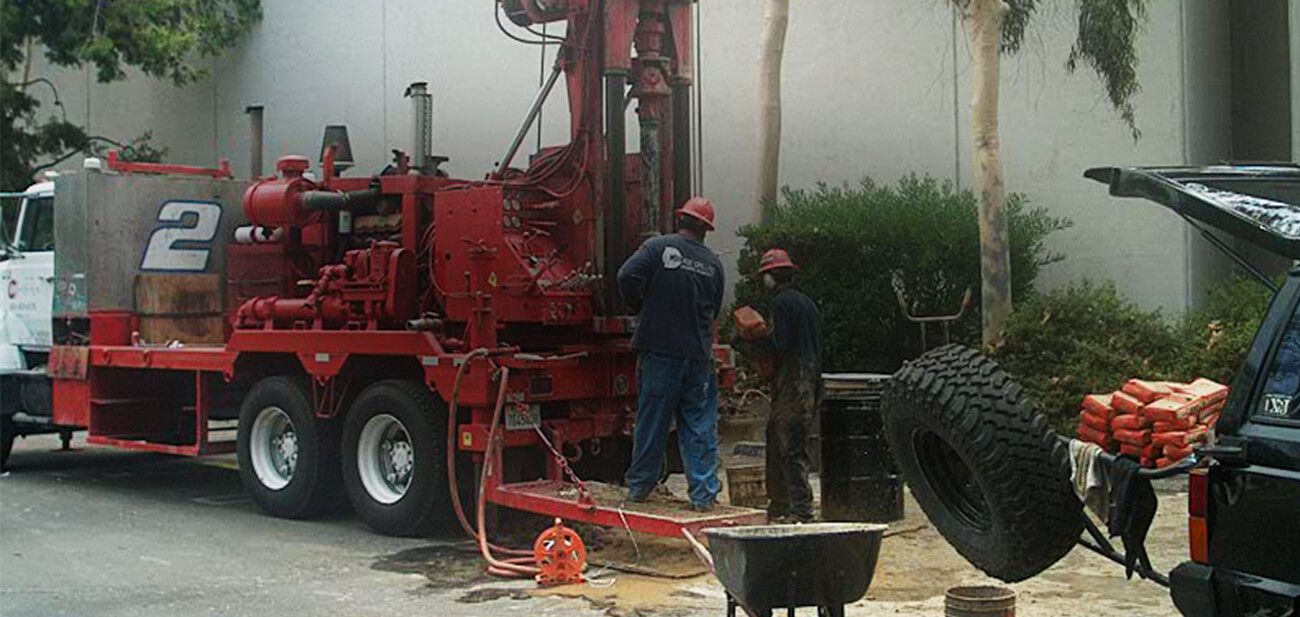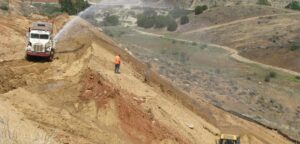
Building on clay soil presents unique challenges that can impact the longevity and stability of any structure. Clay soil is known for its expansive nature, meaning it swells when wet and shrinks when dry. These changes can lead to foundation movement, cracks, and other structural issues. A stable foundation and proper soil stabilization are crucial to prevent costly repairs and ensure long-term integrity.
G3SoilWorks specializes in geotechnical solutions designed to address the complexities of clay soil. With expert analysis and innovative stabilization techniques, we help property owners build strong, durable foundations that withstand the test of time.
Clay soil is a fine-grained natural material that holds moisture for long periods. Unlike sandy or loamy soils, clay is highly cohesive and prone to expansion and contraction based on moisture levels. This characteristic makes it difficult to support heavy structures without proper treatment. If you’re wondering how to treat clay soil, various stabilization techniques can help make it more suitable for building.
The biggest challenge with clay soil is its shrink-swell behavior. During wet seasons, the soil expands, pushing against the foundation. When it dries, it contracts, causing the foundation to shift and settle unevenly. Additionally, clay has poor load-bearing capacity, making it unreliable for supporting structures without reinforcement.
Detecting early signs of foundation problems can prevent severe structural damage. Common methods for early detection include using foundation level sensors, performing soil moisture tests, and conducting professional structural assessments. Experts use laser levels and pressure meters to detect movement, while geotechnical engineers can analyze shifts in the foundation through ground-penetrating radar and soil analysis. Some common indicators include:
Before construction begins, a comprehensive geotechnical analysis is essential. G3SoilWorks conducts detailed soil testing to understand its composition, moisture content, and load-bearing capacity. This data helps in designing effective stabilization strategies tailored to each site.
Since building on clay soil comes with water retention challenges, proper drainage is critical to prevent excessive moisture buildup. Effective drainage techniques include:
Improving soil strength and reducing movement can be achieved through various soil stabilization techniques:
In cases where soil stabilization alone is insufficient, reinforcing the foundation can provide additional support:
Controlling moisture around the foundation helps reduce soil expansion and contraction:
Maintaining a stable foundation requires ongoing monitoring and preventative measures:
G3SoilWorks is a leader in geotechnical solutions, offering tailored soil stabilization techniques for clay soil challenges. Our team of experts utilizes cutting-edge technology and customized strategies to ensure long-term structural integrity. With a commitment to innovation and quality service, we help property owners build with confidence on even the most difficult soil conditions.

Stabilizing foundations on clay soil is essential to prevent costly repairs and structural damage. Understanding the challenges, recognizing early warning signs, and implementing expert soil stabilization techniques can make all the difference.
For professional soil assessments and customized geotechnical solutions, contact G3SoilWorks today at +1 714-668-5600. Our team is ready to help you build a strong, stable foundation that stands the test of time.
1. How long does soil stabilization take before construction can begin?
A: The time required for soil stabilization depends on the chosen method and soil conditions. Chemical treatments, such as lime stabilization, typically take a few days to set, while mechanical compaction might allow for immediate construction. A professional geotechnical assessment can determine the most efficient approach for your site.
2. Can landscaping help reduce foundation issues on clay soil?
A: Yes, strategic landscaping can play a significant role in maintaining foundation stability. Planting drought-resistant vegetation near the foundation reduces excessive watering, while properly graded soil ensures water drains away from the structure. Adding mulch and moisture barriers can also help regulate soil expansion and contraction.
3. Are there eco-friendly soil stabilization options available?
A: Absolutely! In addition to traditional chemical treatments, there are environmentally friendly methods such as enzyme-based stabilizers, biochar soil amendments, and organic binders that improve soil cohesion without harmful chemicals. Consulting a geotechnical expert can help determine the best sustainable option for your project.
Follow, engage, learn. Stop by our blog to see what’s happening at G3SoilWorks.
G3Soilworks – a full service geotechnical/ engineering geologic consulting firm serving clients since 2009 and delivering expert solutions with our highly experienced team and specialized consultants.
G3SoilWorks
350 Fischer Avenue Costa Mesa, CA 92626
Tel. 714.668.5600
E. info@g3soilworks.com